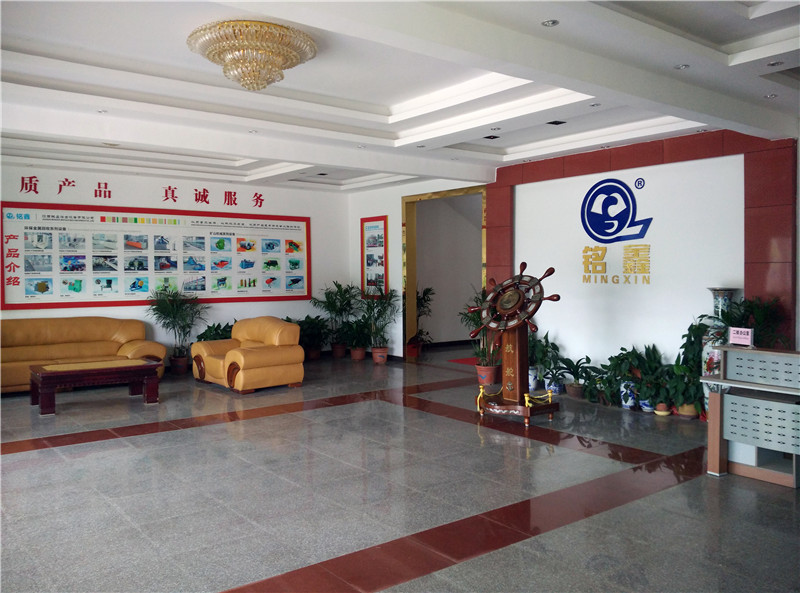In modern society, lithium-ion batteries have become an integral part of our daily lives. From smartphones to laptops to electric cars, these high energy density batteries bring great convenience to our lives. However, when these batteries are damaged, we often feel helpless. This article will give you an in-depth understanding of how lithium-ion batteries work and how to properly dispose of and repair broken lithium-ion batteries. The working principle of lithium-ion batteries is based on the movement of lithium ions between positive and negative electrodes. During the charging process, lithium ions are released from the positive material and moved to the negative material through the electrolyte. When discharged, lithium ions are released from the negative material and returned to the positive material. This process is accompanied by the flow of electrons, which creates an electric current. The damage of lithium-ion batteries may be caused by a variety of reasons, including: 1. Overcharge: The battery takes too long to charge, resulting in excessive deposition of lithium ions, which may cause thermal runaway. 2. Overdischarge: Excessive battery discharge, resulting in excessive consumption of lithium ions, affecting battery performance. 3. Physical damage: The battery is hit or punctured by external forces, resulting in damage to the internal structure. 4. Manufacturing defects: there may be defects in the production process of the battery, such as electrolyte leakage or uneven anode and cathode materials. 1. Avoid contact: Damaged lithium-ion batteries may have safety hazards, such as leakage, short circuit or fire. Therefore, once the battery is found to be damaged, it should be stopped immediately and direct contact should be avoided. 2. Professional treatment: Damaged lithium-ion batteries should be handled by professionals. They can assess the damage to the battery and take appropriate steps to repair or recycle it. 3. Environmental recycling: For damaged batteries that cannot be repaired, they should be sent to a professional recycling facility for processing to reduce the impact on the environment. 1. Check the status of the battery: First of all, it is necessary to conduct a comprehensive inspection of the battery to determine the specific part of the damage. 2. Replace damaged parts: For physical damage, you may need to replace the battery casing, electrodes, or electrolyte. 3. Reassembly: After replacing the damaged parts, the battery needs to be reassembled and the necessary tests are carried out to ensure that the battery performance returns to normal. 4. Regular maintenance: To prevent the battery from being damaged again, it is recommended to check and maintain the battery regularly. Lithium ion batteries provide great convenience for our modern life, but at the same time, we also need to use and maintain properly. Understanding how lithium-ion batteries work and why they break, as well as how to properly dispose of and repair damaged batteries, is crucial to ensuring battery safety and extending battery life. By taking the appropriate measures, we can minimize the risk of battery breakage and ensure that our equipment continues to serve us well.











